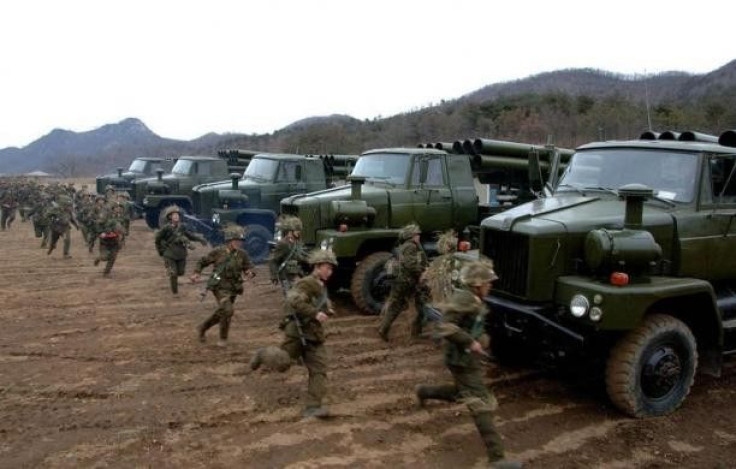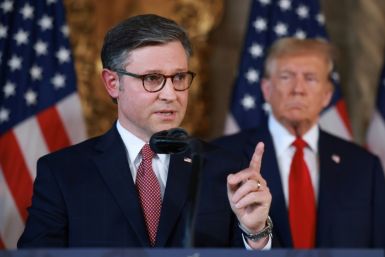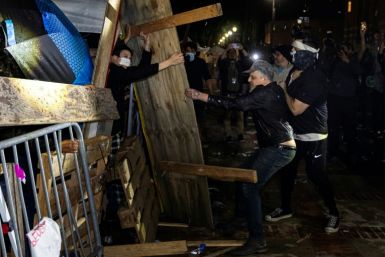Young Military Men Report More Erectile Dysfunction and Other Sexual Miseries than Civilians: Study Says

They serve the country so that the civilians don’t suffer.
But based on a recent study which was carried out in the University of Southern California, it was found that young troops tend to suffer from erectile dysfunction (ED) around three times more when compared to civilians of their respective ages.
The work which got published in the Journal of Sexual Medicine, reported 33 percent of 367 active-duty men surveyed suffered from symptoms of erectile dysfunction 8.4 percent showed evidences of probable sexual dysfunction (SD). Sexual dysfunction includes symptoms like low sex drive and ejaculation problem.
Everyone surveyed in this group were aged 40 and below.
Results suggest that troops who had post-traumatic stress disorder were 30 times higher at risk to report ED and six times more likely to have probable SD.
The ones suffered from depression and victims of severe sexual assault also were 10 to 13 times more likely to have ED or SD.
The age groups which reported highest rates of ED were between 31-35 and 36-40, with the second group reporting twice the rate of ED once compared to civilian men over age 40.
“According to the report by Military Times; although causal ordering is uncertain, it is clear that there is a strong relationship between sexual functioning and psychosocial factors. Specifically, the presence of mental and physical health problems were related to high levels of sexual function problems. Although these issues were associated with significantly reduced quality of life and happiness, few affected individuals reported receiving treatment, wrote Sherrie Wilcox, research assistant professor at USC’s Center for Innovation and Research on Veterans & Military Families.”
Right after NBC News first reported about this finding, the Pentagon released data which directly countered the present results of the study.
According to the data released by Pentagon, it was observed that there were 5.8 cases of ED per 1,000 “person-years” in 2013, for a rate of about 0.58 percent per 100 person-years; for troops under age 40, the rate was 4.02 per 1,000 person-years, or about 0.4 percent.
“Pentagon said in a written release; our analyses indicate that fewer than 1 percent of males under 40 in the active duty force in 2013 would be classified as having erectile dysfunction.”
According to the Defense Department, the discrepancy between the USC study and the Pentagon’s information could be associated with difference in the methothodology of the present study which most likely involved selection bias.
Researchers feel this work demonstrates a need for more research to fine out definite causes of the sexual dysfunction in the military.






